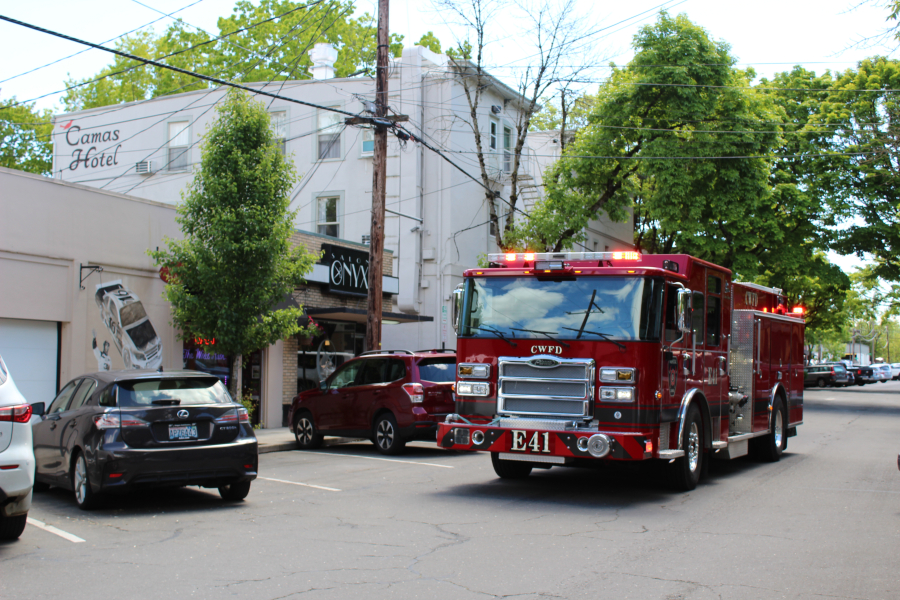Camas officials are one step closer to approving a Camas-Washougal Fire Department capital facilities plan showing the fire department will require roughly $35 million worth of fire station and apparatus improvements and replacements over the next decade.
Camas-Washougal Fire Marshal Ron Schumacher provided some background on the plan this week.
“In 2021, Camas City Council authorized the Camas-Washougal Fire Department to contract with Mackenzie to develop a Capital Facilities Plan,” Schumacher stated in his staff report for the public hearing. “This plan both evaluates the current condition of department facilities and establishes a framework for the development and maintenance of department facilities. Additionally, a robust Capital Facilities Plan is legally required to disburse previously collected fire impact fees.”
Schumacher added on Monday that the fire department’s apparatus replacements depend on being able to access those fire impact fees, which hinge on the approval of a capital facilities plan.
“Our fire department apparatus is failing,” Schumacher said at the start of the public hearing on Monday. “With the adoption of the (capital facilities plan), fire impact fees would become available to replace our aging fleet.”
Consultants from Mackenzie outlined the fire department’s capital needs during the Camas City Council’s earlier workshop on Monday.




